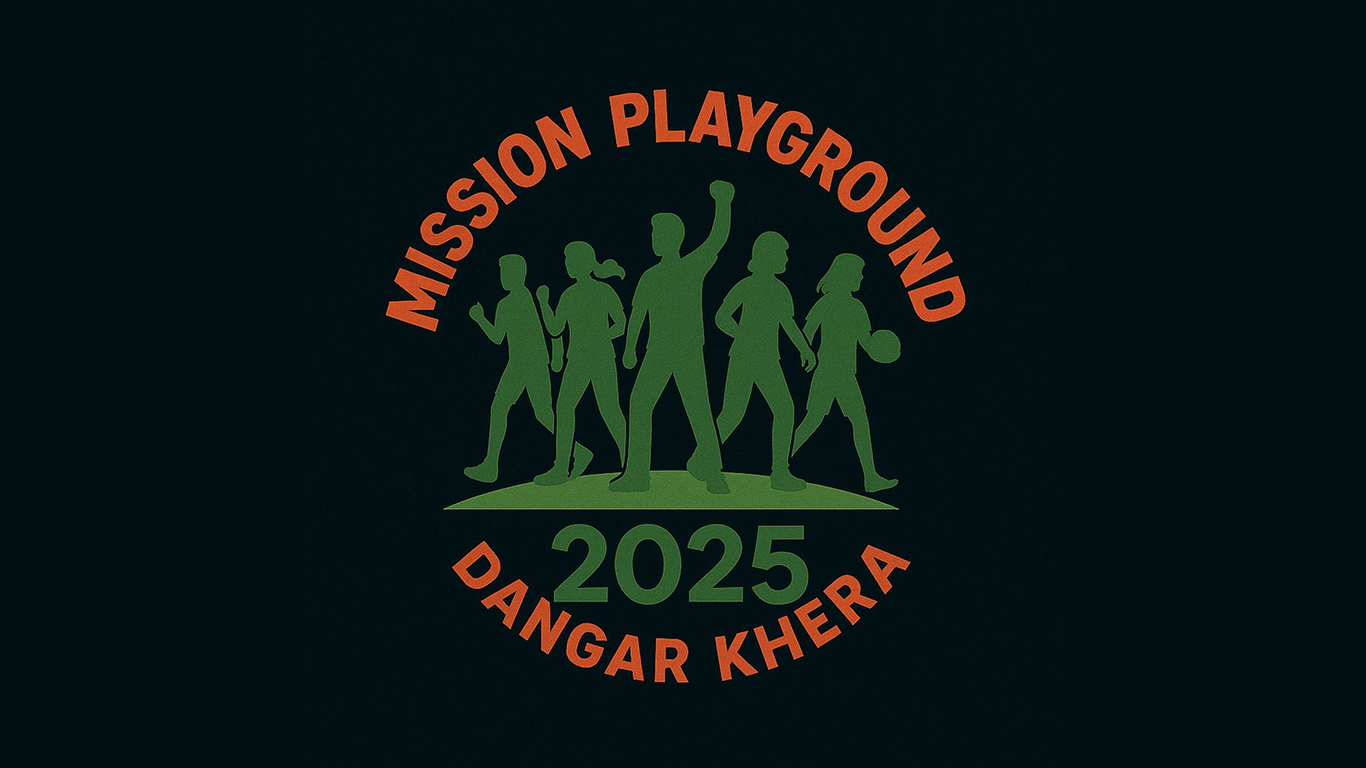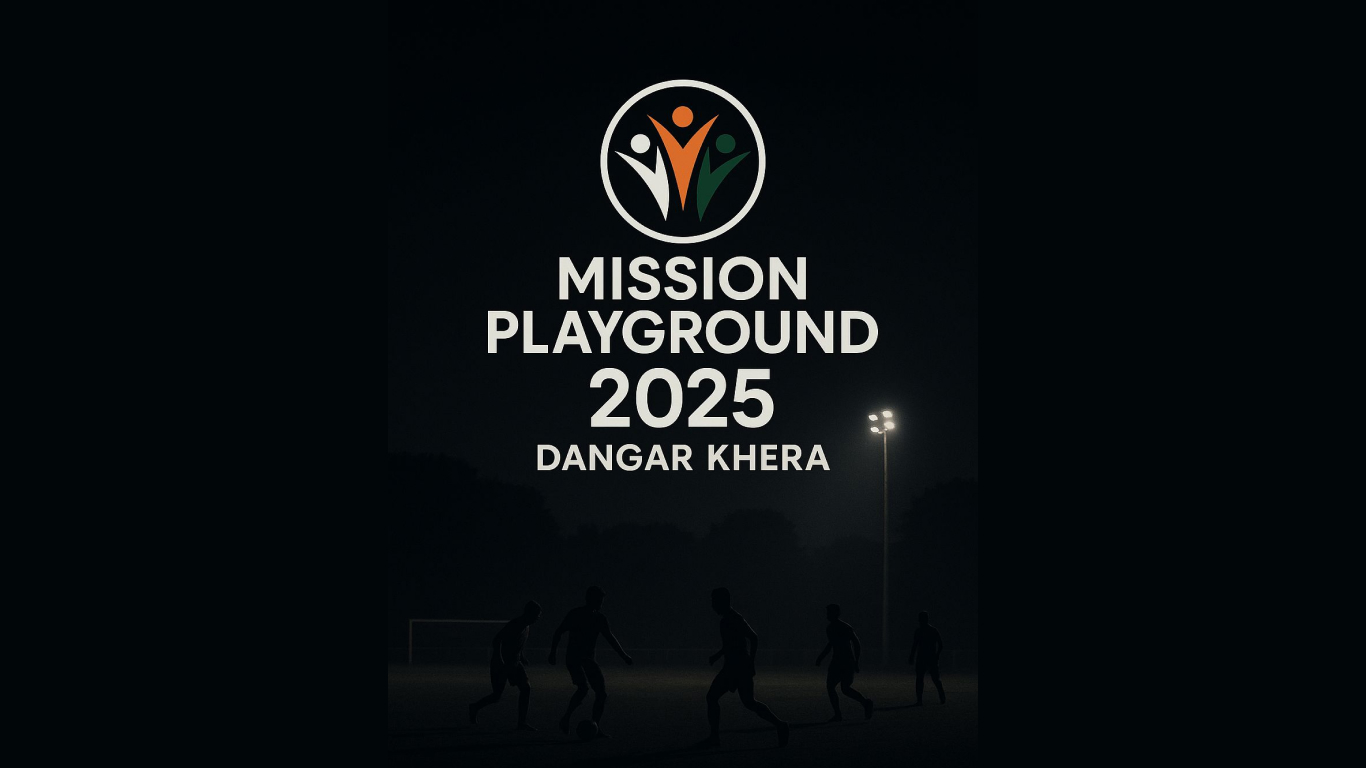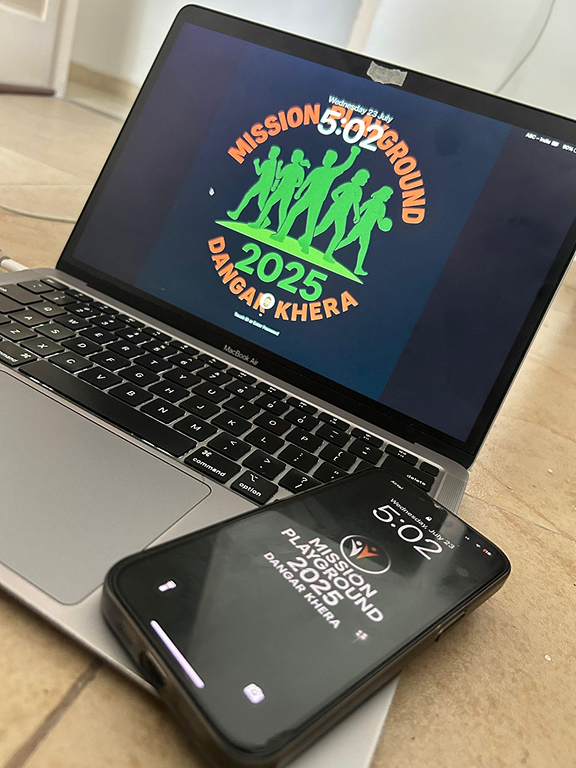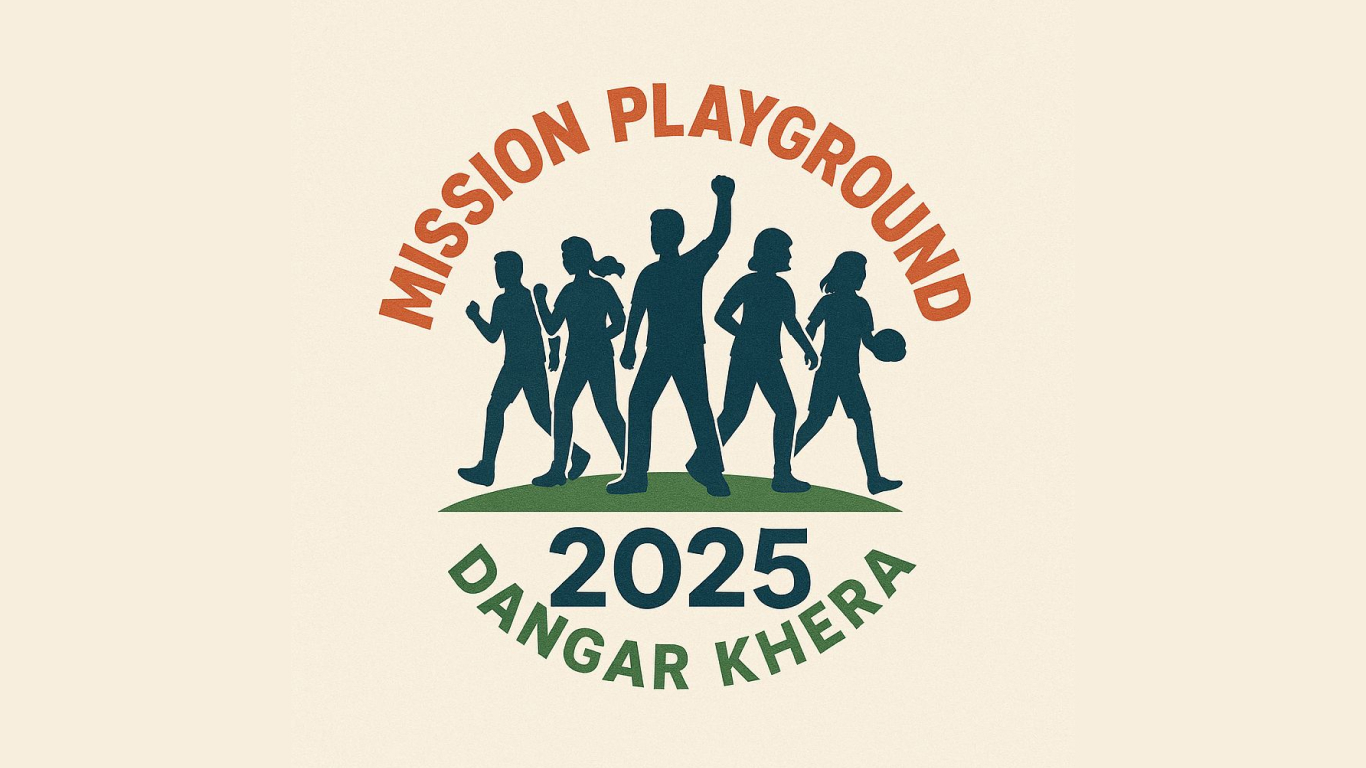In the heart of Fazilka district, near the India-Pakistan border, a small village is making big waves with an inspiring community movement. Dangar Khera village has launched the ambitious Mission Playground 2025 campaign, demanding proper sports facilities for their youth. This grassroots initiative highlights a critical issue in rural development India - the urgent need for recreational infrastructure that can shape young minds and bodies.
What's Happening in Dangar Khera Village?
The residents of Dangar Khera village are united in their demand for a dedicated sports ground. With nearly 6,500+ voters and over 500+ residents employed in government positions, this politically significant village has found itself in an unusual spotlight. Despite their strong electoral influence and the community's reputation for securing government jobs, they lack basic recreational facilities.
The village playground project has become more than just a demand for land - it represents the community's vision for their children's future. Local youth have been vocal about their needs, stating that while government anti-drug campaigns are important, providing positive alternatives through sports is equally crucial for keeping young people engaged in healthy activities.
Young residents have expressed their frustration, saying, "Sports are not just entertainment; they are a crucial part of our development." This sentiment captures the essence of why the Mission Playground 2025 campaign has gained such momentum in the area.
Why Are People Protesting?
The protest stems from a gap between political recognition and practical development. While the village has received praise from high-ranking officials, including the Chief Minister, this acknowledgment hasn't translated into the provision of essential recreational infrastructure.
The absence of proper sports facilities has been stifling local talent for years. Historically, young athletes from Dangar Khera village have excelled in state-level competitions, proving that the community has sporting potential. However, the current lack of dedicated land for athletic activities is preventing the new generation from pursuing sports seriously.
This situation reflects a broader challenge in rural development India, where many villages with political influence still struggle to secure basic amenities for their youth. The community's frustration is understandable - they've proven their civic engagement through high employment in government sectors, yet they're still waiting for investment in their children's recreational needs.
The Critical Importance of Village Playgrounds
The relevance of this village playground project extends far beyond just having a place to play. In rural communities, sports facilities serve multiple purposes that are essential for healthy community development.
First, playgrounds provide young people with constructive outlets for their energy and ambitions. In areas where employment opportunities are limited, sports can become pathways to scholarships, career opportunities, and personal development. The youth sports initiative in Dangar Khera village recognizes this potential.
Second, sports facilities help combat social issues like substance abuse. As the local youth pointed out, having a proper sports ground is essential for today's generation to stay away from harmful activities. When young people have access to organized sports and recreational activities, they're more likely to make positive lifestyle choices.
Third, these facilities strengthen community bonds. A central playground becomes a gathering place where families come together, fostering social connections that are vital for rural communities. The Mission Playground 2025 campaign understands this community-building aspect.


Actions Taken to Protect and Develop the Playground
The community has taken several proactive steps to make their village playground project a reality. The launch of Mission Playground 2025 represents a coordinated effort to channel their collective voice into actionable demands.
Local residents have organized themselves to present a unified front to government officials. They've leveraged their political connections and employment in government positions to bring attention to their cause. This strategic approach shows how communities can use their existing strengths to advocate for development.
The campaign has also focused on articulating the long-term benefits of investing in youth sports initiative projects. Rather than simply demanding facilities, they've presented compelling arguments about how sports infrastructure contributes to rural development India goals.
Community leaders have been vocal in media, ensuring that their message reaches beyond village boundaries. By connecting their local needs to broader themes of youth development and rural progress, they've made their cause relevant to district and state-level policymakers.
How District Residents Can Support This Initiative
The success of the Mission Playground 2025 campaign depends on broader community support beyond Dangar Khera village. District residents can contribute to this important youth sports initiative in several meaningful ways.
Citizens can use their social media platforms to amplify the village's message, helping to create wider awareness about the importance of recreational infrastructure in rural areas. Sharing stories about successful village playground project examples from other regions can provide inspiration and practical models.
Local businesses and professionals can offer expertise, funding, or resources to support the playground development. Even small contributions toward equipment, maintenance, or construction can make a significant difference in rural communities where budgets are often tight.
Educational institutions in the district can partner with Dangar Khera village to create sports programs that would utilize the proposed facilities. Such partnerships can demonstrate the playground's potential impact and create sustainable usage models.
Finally, residents can engage with their elected representatives to prioritize rural development India projects that focus on youth facilities. When communities across the district voice support for initiatives like Mission Playground 2025, it becomes harder for policymakers to ignore these needs.
Conclusion
The Mission Playground 2025 campaign represents more than just one village's demand for sports facilities. It symbolizes the changing aspirations of rural communities in India, where residents are no longer satisfied with basic survival needs but are actively seeking opportunities for their children to thrive.
Dangar Khera village's initiative serves as an inspiring example of how communities can organize themselves to demand better infrastructure for their youth. Their approach combines political engagement, media outreach, and clear articulation of benefits - a model that other villages pursuing similar youth sports initiative projects can follow.
As this campaign continues to gain momentum, it will likely influence how rural development India programs prioritize recreational infrastructure. The success of this village playground project could inspire similar movements across the country, creating a ripple effect that transforms how we think about comprehensive rural development.


